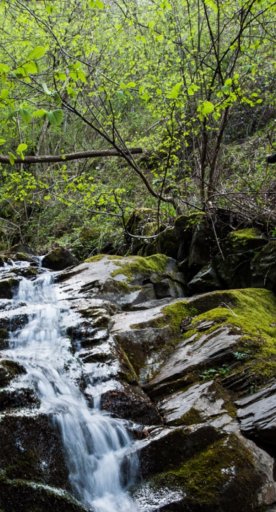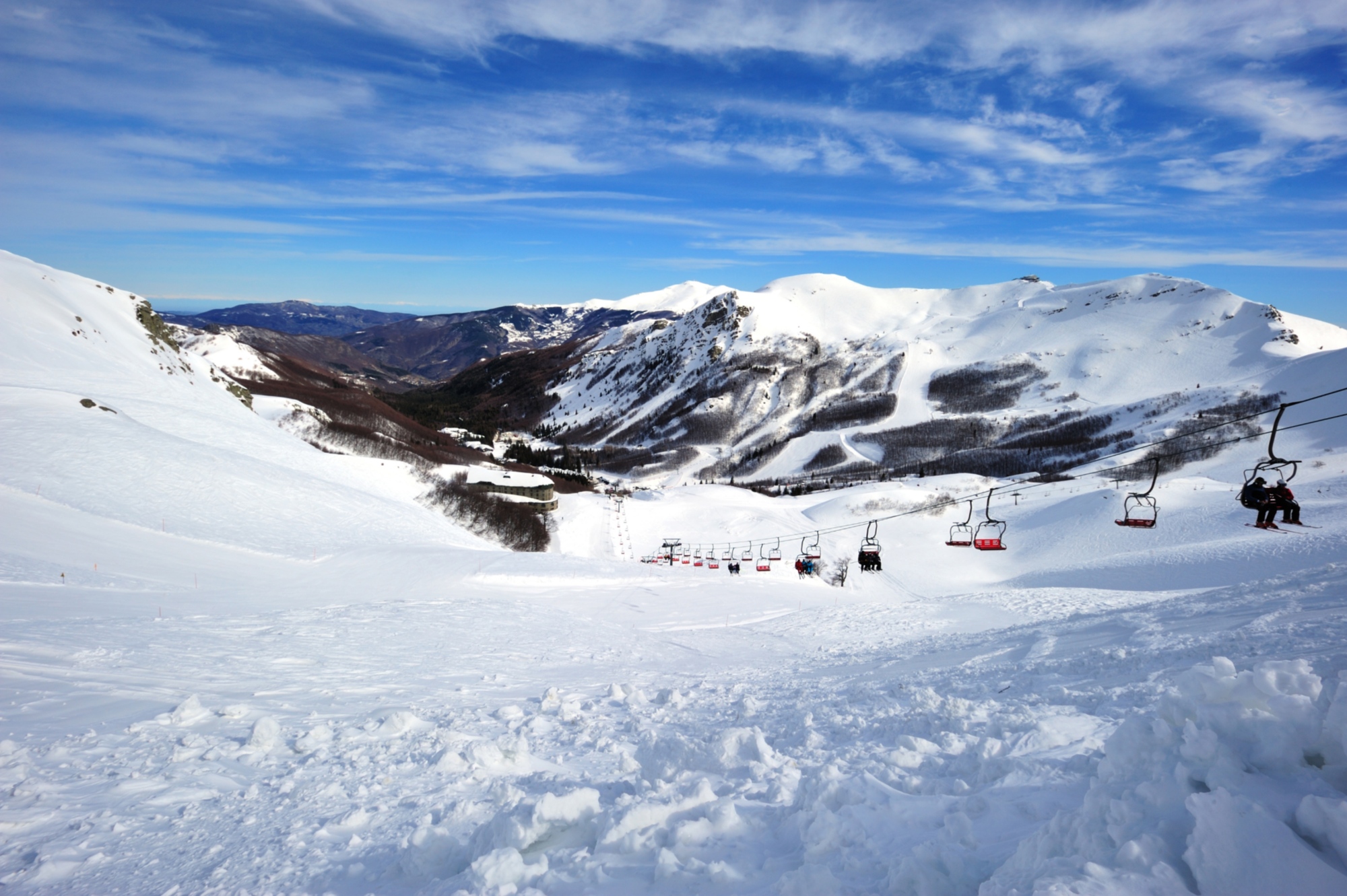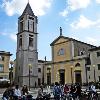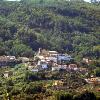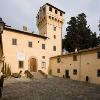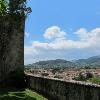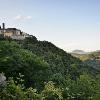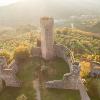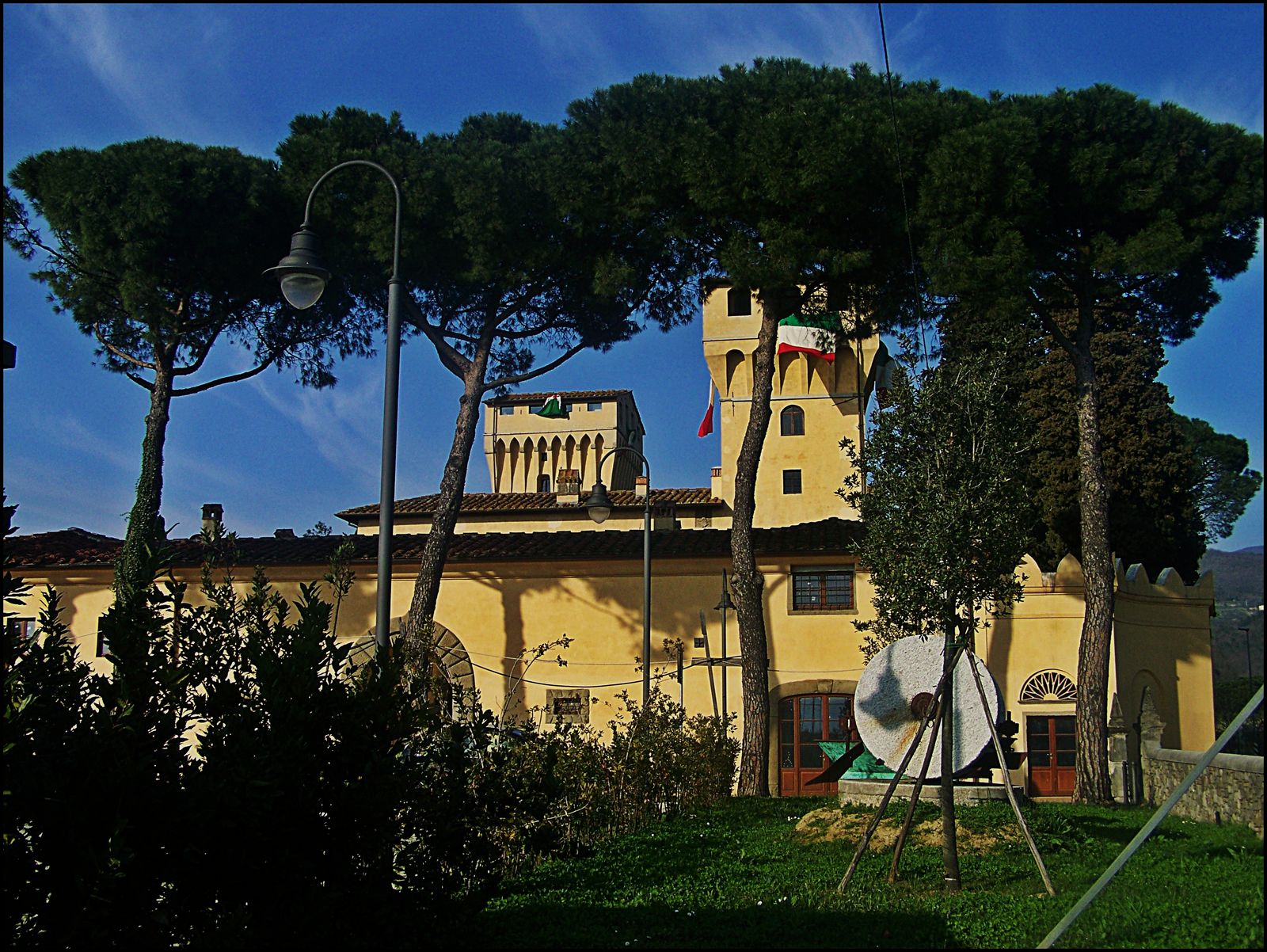In addition to the villa-castle, the religious buildings in the area around Montale are also worth mentioning. In the hamlet of Fognano, for example, you should definitely visit the Abbey of San Salvatore in Agna. This small building, characterized by a strong rural appearance, was probably where pilgrims would stop during their travels, thus the abbey might have served as a “hospice”. The earliest mention of the abbey dates to the year 772, when there was also a Benedictine convent attached to it.
Another place to visit in the area of Pistoia and the Pistoia mountains is Tobbiana, the highest town in the municipality. Here, along with being a starting place for hiking trails leading to the tops of the surrounding mountain peaks, you can visit the 18th-century Church of San Michele Arcangelo, which vaunts beautiful views of the territory below.
Lastly, for nature lovers, we recommend visiting the Acquerino Cantagallo Nature Reserve. This oasis in the heart of the Apennines has large forests of beech and chestnut trees, including some ancient trees. It is also home to deer, roe deer, wild boar, foxes, stone martens, porcupines and a multitude of bird species.






